The Aurora Zone was the first UK company to offer dedicated holidays in search of the Northern Lights. It all stemmed from our own travels in Northern Scandinavia and reports from enthusiastic clients who had seen the lights while enjoying our holidays in Finland, Sweden, Iceland or Norway. That was what inspired us to create The Aurora Zone and when a television programme featuring Joanna Lumley sparked huge interest in the Northern Lights, The Aurora Zone really took off!
Inevitably, many other tour operators followed our lead in selling “Northern Lights Holidays” but to this day, The Aurora Zone remains the only UK brand dedicated solely to the Aurora Borealis. The Aurora is our only focus, which means that our area of expertise is never diluted by other considerations. We are the Northern Lights experts.
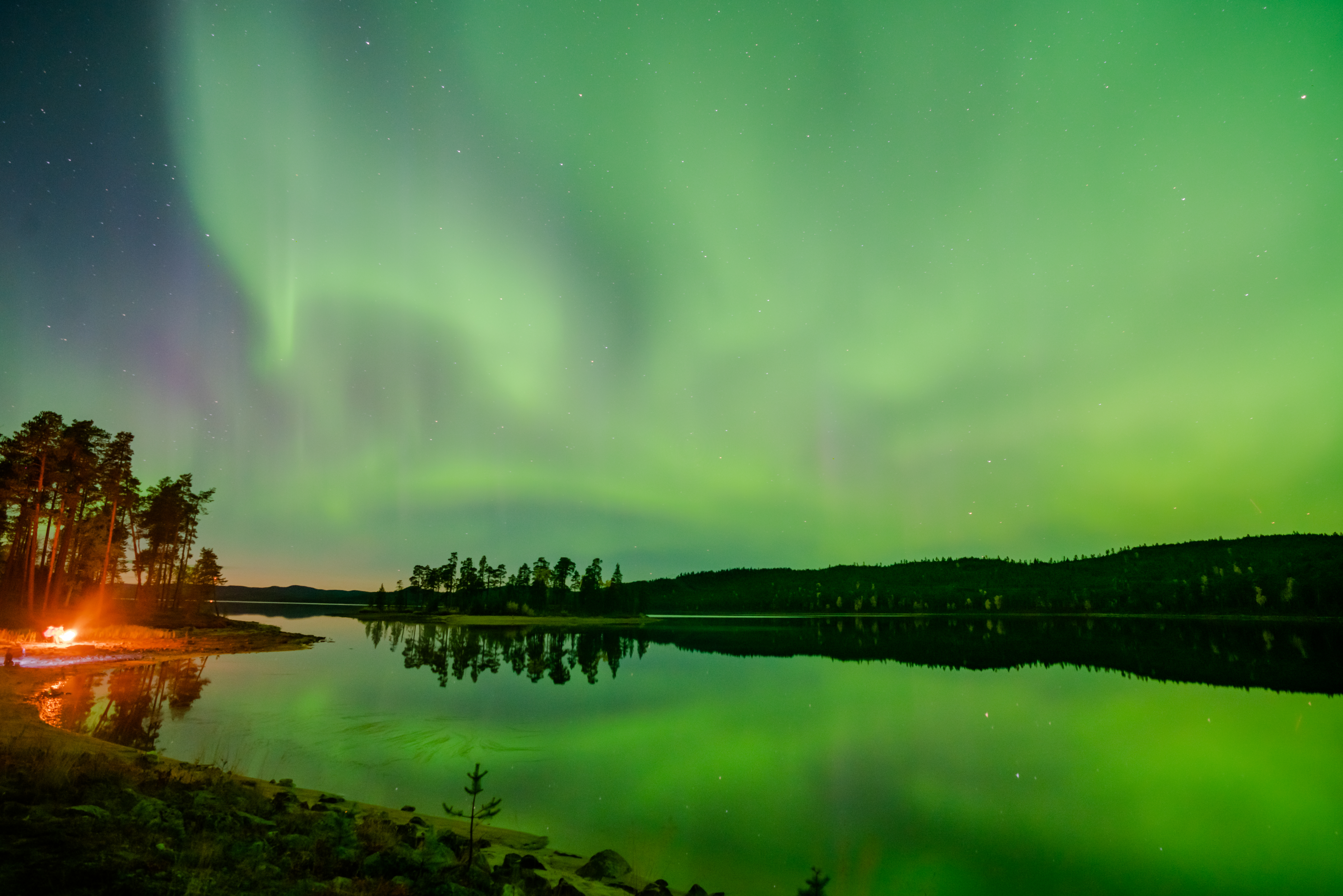
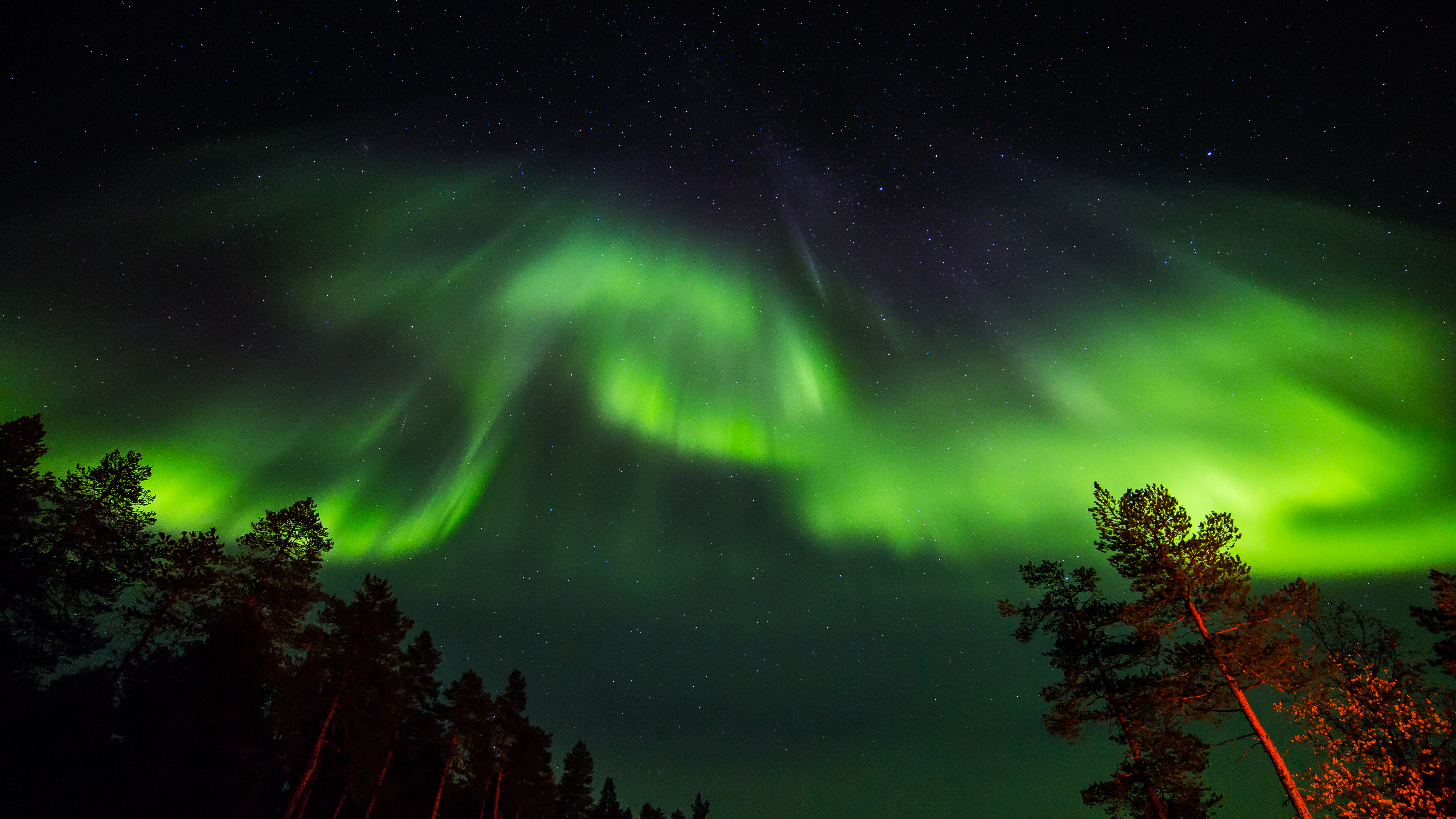
Sadly, neither predicting an Aurora nor actually seeing them is particularly straight forward but there are certain measures you can take to enhance your chances.
Every single holiday we provide has been scientifically designed to give you the best chance of seeing the Northern Lights. We choose a destination based on its auroral record and the lack of light pollution and we select our local guides and experts based on years of experience. From Iceland to Norway to Sweden to Finland, we have got the Aurora Zone covered and there really is no need to look any further than the original Northern Lights holiday company.
1
Nothing dilutes an Aurora display like artificial light pollution. It’s exactly the same as watching stars in the night sky; you can see far more from a field deep in the dark countryside than you can from the centre or even the suburbs of any heavily populated area. So, first and foremost, our destinations are situated outside any towns, cities or large ski resorts because, whilst you may be able to see a strong display from such places, it will be a pale imitation of what you would experience under darker skies.
This is something you should consider when you see cheap offers of Northern Lights Holidays in the likes of Reykjavik or Tromsø, because to see the Aurora, you will need to escape the sodium glare created by these relatively densely populated cities. That means arranging excursions which will take you beyond the confines of the city lights, and although this can be done fairly easily, it can also be an extremely expensive business.
However, the main problem with staying in a city or a large ski resort is that you won’t get dark skies when you are not on excursions. Many tour operators advocate Tromsø and Reykjavik as great places to see the Northern Lights, but to see them at their best, you have to escape the light pollution associated with human habitation. In such urban areas, this is usually done using cars and buses, but what if the lights appear at 2 am in the morning when you are already back at your hotel?
You could call an extremely expensive taxi company, perhaps, but this really goes to highlight the beauty of our more remote destinations. They are in rural areas where dark skies prevail, meaning that an early morning and localised Aurora display will very often be visible from just outside your accommodation (or even from the window). So, no need for that expensive taxi firm because on a clear nigh,t you can see the night sky spinning above your head with a clarity that is sadly missing in areas with greater light pollution. Exactly the same applies to the Aurora Borealis.
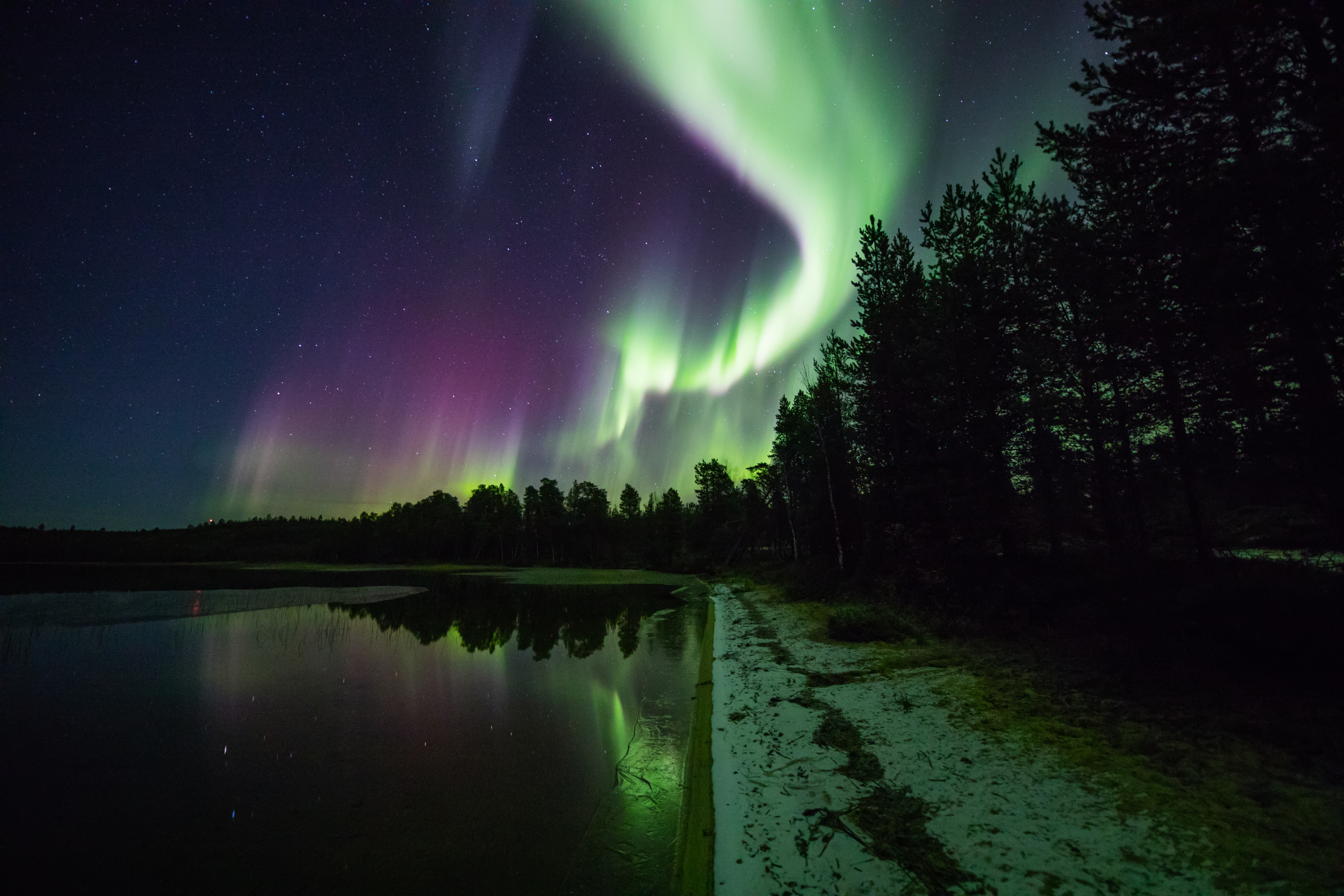

2
Who would you rather have leading your Aurora hunting trip? A representative from the UK with only a few weeks’ knowledge of the destination or a guide who lives locally and chases the Northern Lights pretty much every single night from September to March?
We’ll keep saying it until we are blue in the face … “There is absolutely no substitute for local knowledge”, and there are two specific reasons why we value local experts rather than sending people over from the UK to guide your hunt for the Aurora Borealis.
Firstly, you can’t even begin to understand the Northern Lights unless you chase and see them regularly. Many of our top guides are born and bred Laplanders or have lived in the Auroral Zone for several years and have gained an invaluable insight into when and where the Aurora may appear.
You can see it in some of their photography; there is an innate anticipation as to how the Aurora may appear or act. We think the pictures on the right sum this up beautifully because no “newbie” could ever have had the knowledge or the anticipation to hold a lit torch in exactly the right place or to appear as if they are holding the Aurora above their head at exactly the right time. Such skill and expertise are rare and will still involve a bit of luck, but our experience is that the longer and harder somebody hunts for the Northern Lights, the luckier they get!
Our second reason for employing guides with considerable local knowledge is somewhat more prosaic but certainly no less important.
The Northern Lights appear most frequently at a latitude of approximately 66°N and 69°N, basically, just above the Arctic Circle. The weather and local conditions here can change at very short notice, and in winter the mercury regularly drops below -30°C. Whenever necessary, we ensure that you are provided with thermal clothing, but if you are heading out into the Arctic night, it is absolutely imperative that you have a guide who knows the environment and the terrain.
It is reassuring, therefore to know that your guides have an unparalleled knowledge of their surroundings because the Aurora Zone is generally one vast and wintery wilderness, and believe us, you really do not want to get lost out there.
3
The really, really important thing to know about the Northern Lights is where they appear most frequently and most spectacularly. This is determined by the strength of the geomagnetic storms, which cause the lights to occur. The scale used to measure geomagnetic storms is called the Kp Index, and it ranges from 0 (ie very little activity) to 9 (just huge!) and, as a basic rule of thumb, the larger the number, the further south the lights can be seen.
However, and this is key, the most common storms are generally between Kp1 and Kp3, which restricts visibility of the Northern Lights in Scandinavia to a band which appears at a latitude of approximately 66°N & 69°N (it differs in North America due to the oval shape of the band).
This is why Auroras are only occasionally visible further south. To see the Aurora from, say, Northern England, requires at least Kp5 and more likely Kp6, and geomagnetic storms of that magnitude are sadly few and far between.
It is worth adding that when the Kp forecast is 0, there is still the possibility that you can see the lights if you are in the heart of the Auroral Zone. Kp0 means that there is very little geomagnetic storm activity, not that there is no activity at all, and residual geomagnetic activity may cause localised displays to occur.
All of our destinations are situated slap bang in the heart of this zone. This brings an added bonus in that more southerly displays appear far lower on the horizon and lack the movement, the clarity and the vibrancy we’d associate with the Northern Lights in the Aurora Zone.
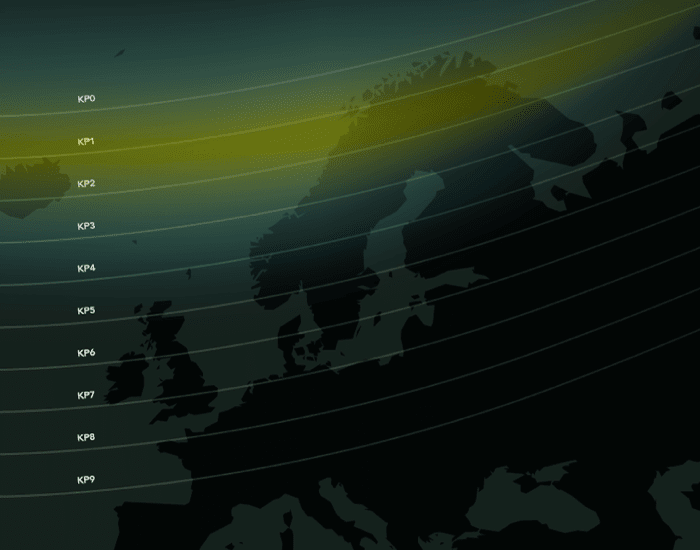
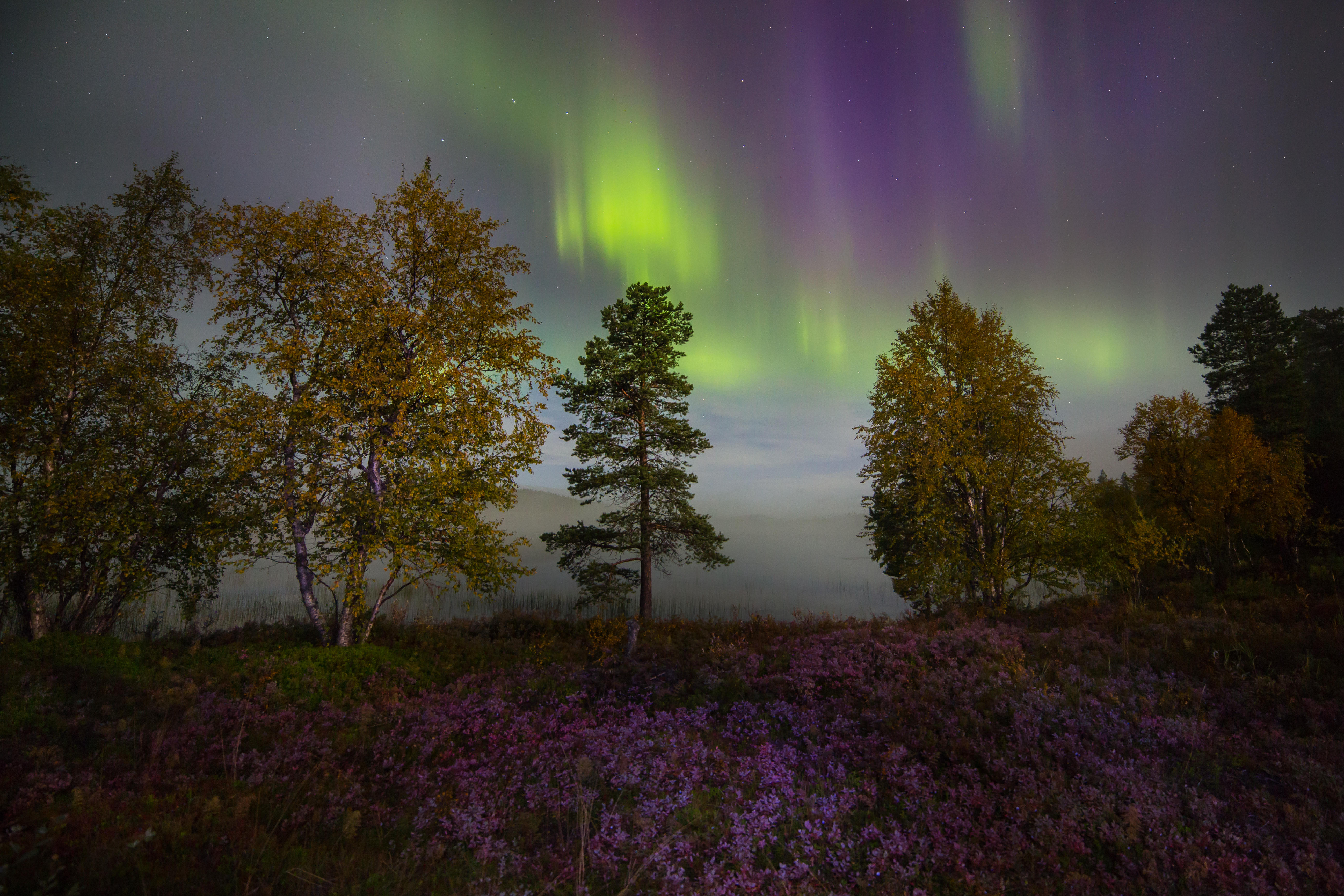
4
Here at The Aurora Zone, we were the first UK tour operator to feature a dedicated Northern Lights holiday at the Hotel Aurora in Luosto, Finland. The reason we started there was that the hotel was unique in providing an Aurora alert system. That was several years ago, and since then, many other accommodation providers have adopted the same process so that Aurora alerts have become fairly commonplace.
We are in constant communication with our suppliers about ways of making our Northern Lights holidays just that little bit different and have come up with some pretty exciting innovations over the years. So, while you’ll now find alerts in many destinations, what you might also find on an Aurora Zone holiday are heated Aurora Bubbles, enclosed snowmobile-pulled Aurora Sleighs, hunting in cars and minibuses to give you the mobility to escape frustrating cloud cover and many others.
The point is that while our competitors are happy to simply plonk you in the destination, we are striving to find new and innovative ways of showing you the Aurora Borealis at its absolute best
5
There can be few things more frustrating than a promising Auroral forecast on a cloudy evening. This is one of the intrinsic problems associated with Aurora hunting because the skies above may be awash with ethereal dancing light but you won’t see anything but clouds … very, very frustrating indeed!
Many of our holidays aim to solve the problem by including car or minibus hunts for the lights. This very often gives us the mobility to find a break in the cloud or clearer skies, which will hopefully reveal the Northern Lights rather than white fluffy stuff. It doesn’t always work, of course, sometimes it is impossible to escape blanket cloud cover, but being mobile does generally increase your chances.
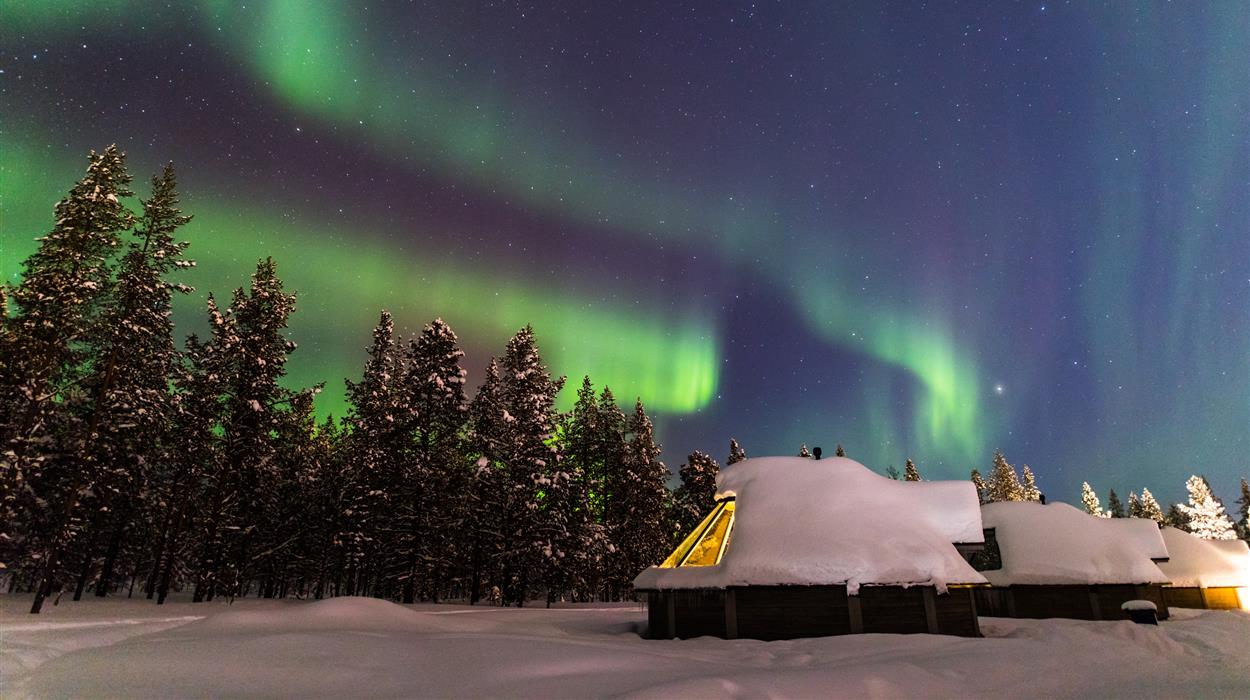
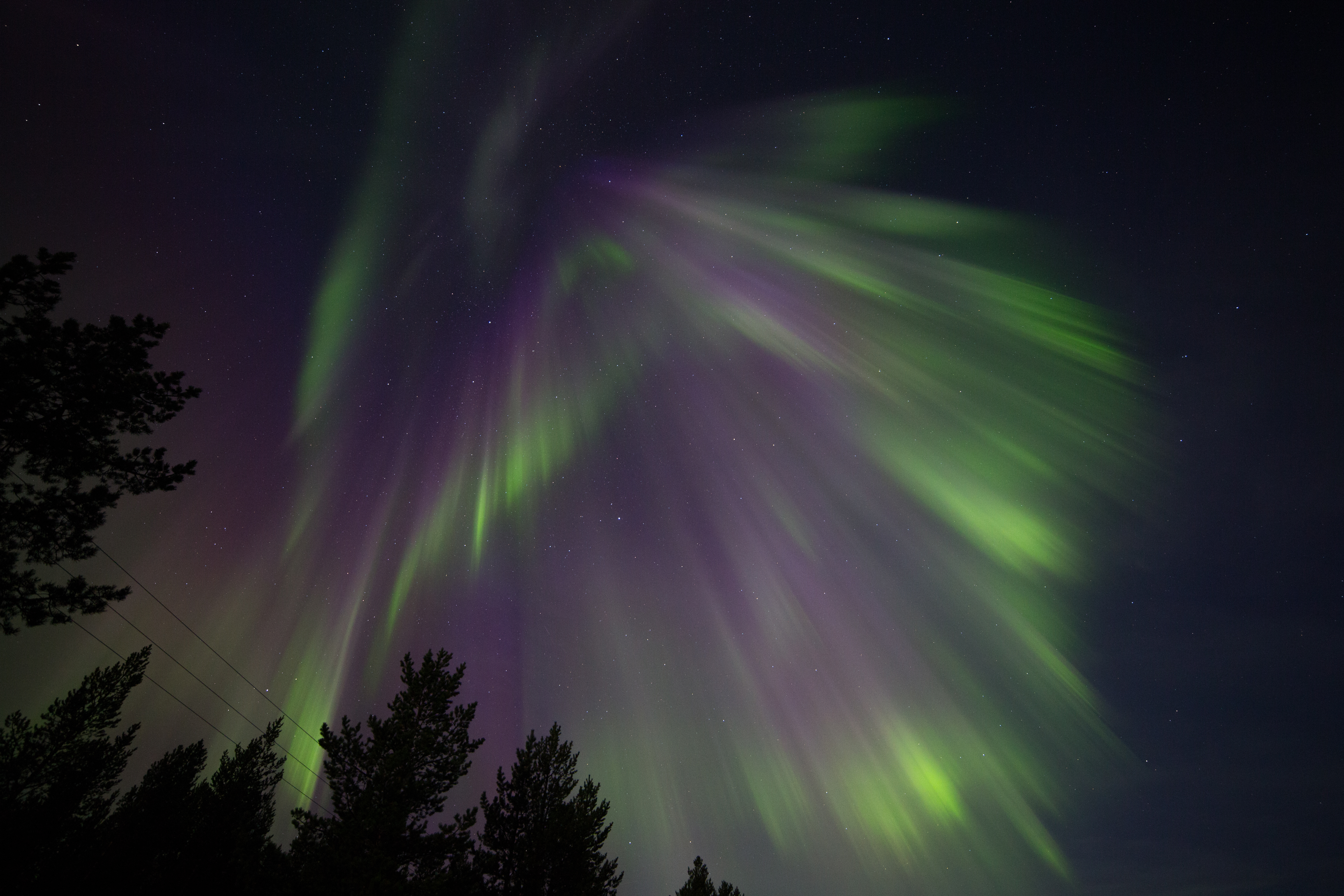
6
Some people are quite happy to speed off into the Arctic chill on a snowmobile; others find the prospect somewhat less appealing. Similarly, there are some who would like to spend the day in a spa hotel with a bit of pampering before venturing out into the Arctic in search of the Northern Lights. It’s all about personal preference and, for that reason, we offer Northern Lights holidays on four different levels.
Our trips vary from “Relaxed” to “Active” and this has proved to be a very, very successful formula because no other company offers the same degree of flexibility, allowing you to choose a holiday that is best suited to your needs.
Image credits: Northern Lights Village